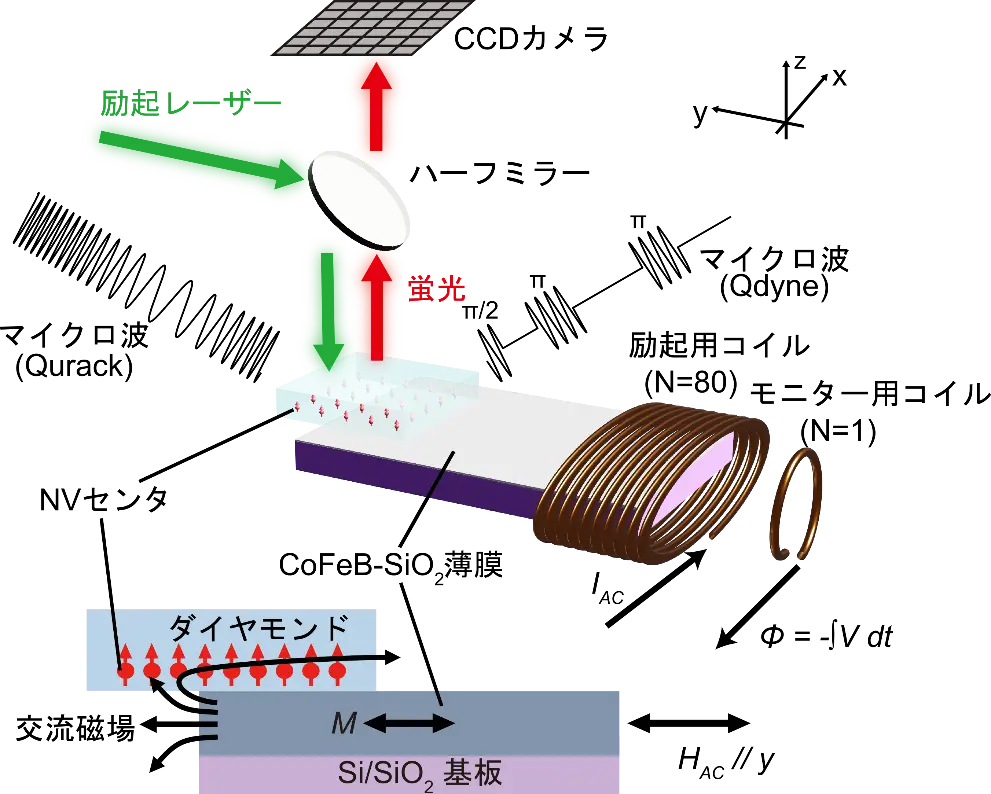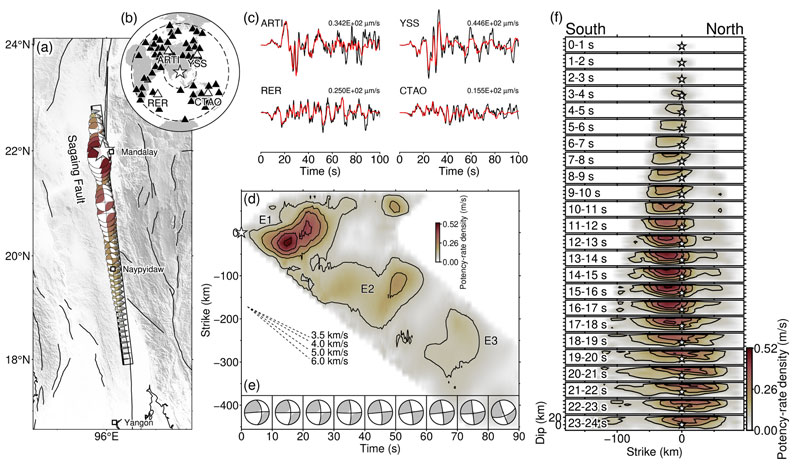2025-05-23 東京大学

分化の過程と熟成の過程では、タンパク質と遊離アミノ酸量は逆の挙動を示す
<関連情報>
- https://www.iis.u-tokyo.ac.jp/ja/news/4782/
- https://www.sciencedirect.com/science/article/abs/pii/S0308814625020047
培養ウシ筋肉組織における分化と老化が遊離アミノ酸プロファイルに及ぼす影響 The effects of differentiation and aging on free amino acid profiles in cultured bovine muscle tissue
Mai Furuhashi, Shoji Takeuchi
Food Chemistry Available online: 15 May 2025
DOI:https://doi.org/10.1016/j.foodchem.2025.144753
Highlights
- Free amino acid changes by aging and differentiation in cultured cells are examined.
- Free amino acids decrease with differentiation but increase through the cell aging.
- Cultured cells have higher free amino acids per dry weight than traditional beef.
- Aging cultured muscle tissue for 14 days increases total free amino acids.
Abstract
Understanding the flavour characteristics of cultured meat is crucial for its acceptance and market success. In traditional meat, flavour is strongly influenced by free amino acids (FAAs), which increased markedly during aging and are key contributors to flavours. However, little attention has been given to FAAs in cultured meat. This study investigates changes in FAAs in cultured meat, focusing on the effects of cell differentiation and aging. Intracellular FAAs in bovine muscle cells were measured before and after differentiation and during aging using LC-TOFMS. Results showed that FAAs decreased with differentiation but significantly increased with aging. Additionally, FAAs per dry weight in cultured cells were significantly higher than in beef. In three-dimensional cultured muscle tissue, total FAAs increased after 14 days of aging. These findings provide foundational data for designing future cultured meat products by elucidating the roles of differentiation and aging in FAA content and flavour perception.



